Beschreibung
The PU Foam Pig encompasses a variety of types, including the bare foam pig, brush foam pig, polyurethane foam pig, brush polyurethane foam pig and criss-cross foam pig. Each of these foam pigs boasts an end coated with polyurethane and exhibits a shrinking range of 3–5%. Serving a range of functions, from liquid removal and drying to sweeping and general cleaning, these foam pigs are invaluable tools in pipeline maintenance. Their popularity stems from their cost-effectiveness and adaptability, making them a go-to choice in the industry. We offer three kinds of PU Foam Pigs in different densities:
- low density: 35 kg/m³
- medium density: 90 ~ 120 kg/m³
- high density: 120 ~ 220 kg/m³
EMT PU Schaumschweine
- Design Temperature: from -30°C to 100°C
- Operating Distance: 80km~180km
- Start Pressure: 0.2~0.3 MPa
- Withstand Pressure: 7MPa
- Density: 35kg/m³~220kg/m³
Foam pigs are multi-functional devices crucial for pipeline maintenance tasks such as drying, cleaning, and product removal. They find applications in diverse sectors, including oil and gas, food and beverage, mining, chemical and petrochemical, cosmetic, and pharmaceutical industries. Their lightweight and flexible nature allows foam pigs to effectively traverse through unusual piping structures, fittings, and valves, making them an essential tool in pipeline management.
Name | PU-Schaumschweine | ||||
Material | Polyurethan | ||||
Dichte | Lichtdichte | 002-0.3g/m3 | |||
Mittlere Dichte | 0.08-0.12g/m3 | ||||
Schwere Dichte | 0.13-0.16g/m3 | ||||
Funktionen | First, High wear resistance | ||||
Second, Good cleaning performance | |||||
At last, Low cost | |||||
Zahlung | TT/LC | ||||
Vorteile | 1. Leicht und flexibel | ||||
2. Schöne Reinigungseffizienz. | |||||
3. genaue Standortverfolgung | |||||
So wählen Sie PU Foam Pigs
Die Auswahl des richtigen Schweins zur Pipeline -Reinigung ist eine komplexe Entscheidung, die mehrere Ziele und Faktoren umfasst. Der Trend zur Schweinentwicklung ist die Anpassung an die Anforderungen an die Langstreckenstation und fordert höhere Standards für die Schweinekörpernkonfiguration, die Stärke und die Qualitätsqualität. Diese Auswahl hängt hauptsächlich von der mechanischen Festigkeit des Schweins, dem Verschleißfestigkeit, der Adsorption, seiner Reaktivität mit dem Transportmedium in der Pipeline und der Fähigkeit zur Durchquelle der Pipeline ab. Hier ist eine Aufschlüsselung:
- Pigging -Ziele: Je nachdem, ob die Rohrleitung von flüssigen oder festen Verunreinigungen gereinigt werden muss, variiert die Wahl des Schweins. Wenn eine große Menge Sediment erwartet wird, kann ein Schwein mit einem Abflussloch in Erdgasrohrleitungen verwendet werden, um Verstopfung zu verhindern und das Sediment durch das Entlüftungsloch nach oben zu blasen.
- Pipeline -Lebenszyklusstadien: Neue Pipelines benötigen Schweine, die Reste reinigen, vorläufige Messungen durchführen, Testdruck, die Pipeline trocknen und den Versuchsbetrieb unterstützen. Operative Pipelines benötigen Schweine, die Wachsablagerungen und Schmutz reinigen, Medien isolieren und die Korrosion hemmen können. Wenn Pipelines außer Betrieb sind, sind Schweine zur Entfernung von Medien und inerer Gasfüllung erforderlich.
- Merkmale mit mittlerer Fahren: Merkmale: Die Art des zum Pigging verwendeten Fahrmedium (Öl, Wasser oder Gas) sollte ebenfalls bei der Schweineauswahl berücksichtigt werden.
- Pipeline -Interferenzen: Verschiedene Pipeline -Merkmale wie minimaler Biegerradius und Winkel, minimaler und maximaler innerer Durchmesser, Verbindungen zu Verzweigungsrohren, Höhenänderungen sowie Art, Position und Größe von Ventilen, T -Shirts und Ellbogen entlang der Linie sollten bei der Auswahl eines Schweins in Betracht gezogen werden.
- Pigging -Prozess: Faktoren wie der Betriebsdruckbereich der Pipeline, der potenzielle Geschwindigkeitsbereich des Schweinsbetriebs und der maximale Abstand, den das Schwein betreiben muss, sollte berücksichtigt werden.
- Größe der Schweineausrüstung: Die Größe der am Schwein installierten Stahlbürste und Schaber muss berücksichtigt werden, basierend auf der Dicke der Wachsablagerung in der Rohrleitung und dem Bereich der Antriebskraft.
- Schweinattribute: Die mechanische Festigkeit, die Verschleißfestigkeit und die Reaktivität des Schweins mit dem Medium in der Pipeline sollten berücksichtigt werden.
Was sind die Anforderungen für das Trocknen der Gaspipeline?
Das Trocknen einer Gasübertragungspipeline ist ein entscheidender Schritt, der nach Druckprüfung und -schweinchen ausgeführt werden sollte. Dies kann durch verschiedene Methoden erreicht werden.
Eine Technik besteht darin, absorbierende Foam -Pigging -Stecker zur wiederholten Adsorption zu verwenden. Alternativ können trockene Gase wie Druckluft oder Stickstoff verwendet werden, um die Rohrleitung zu löschen. Die Vakuumverdampfung ist eine andere Methode, oder ein hygroskopisches Mittel auf Glykolbasis könnte zum Reinigen und Trocknen des Innenraums der Pipeline injiziert werden.
Die Auswahl der richtigen Trocknungsmethode erfordert die Berücksichtigung der örtlichen Bedingungen, die technische Machbarkeit, die Kosteneffizienz, die einfache Funktionsweise und die Umweltauswirkungen. Oft kann eine Kombination der oben genannten Methoden für optimale Ergebnisse verwendet werden.
Sobald die Pipeline getrocknet wurde, muss sie gemäß den folgenden Kriterien inspiziert und genehmigt werden:
- Für das Trockengasspüfen sollte am Ende der Pipeline ein Tau -Punkt -Analysator für Wassertaupunkte eingerichtet werden. Nach dem Trocknen sollte der Wassertaupunkt des Abgases mindestens 5 ° C unter der niedrigsten Umgebungstemperatur unter den Pipeline -Transportbedingungen für vier Stunden liegen. Der Schwankungsbereich sollte 3 ° C nicht überschreiten.
- Wenn eine Vakuummethode angewendet wird, ist eine Vakuummesser mit mindestens Klasse 1 Genauigkeit erforderlich. Nach dem Trocknen sollte der Taupunkt des Gases und des Wassers in der Rohrleitung vier Stunden lang unter -20 ° C liegen, was einem Luftdruck von 100 Pa (a) entspricht.
- Wenn ein glykol -hygroskopisches Mittel verwendet wird, sollte der Wassergehalt des vom Ende der Pipeline abgeleiteten Glykols nach Masse weniger als 20% betragen.
Anwendungen von PU -Schaumschweinen
- Pipeline-Schweine werden verwendet, um die Pipeline zu fegen und verschiedene Verunreinigungen nach Abschluss der Rohrkonstruktion und der Anwendung vor der Silizium zu entfernen.
- Sie spielen eine entscheidende Rolle bei der Ausstellung von Gas vor einem hydrostatischen Pipeline-Test und bei der Entwässerung nach dem Test.
- Pipeline -Schweine werden auch verwendet, um den Rundness -Fehler vor der Verwendung zu überprüfen und die genaue Positionierung des Live -Ballventils und des Pipeline -Durchmessers nach der Ventilaktivierung zu bestätigen.
- Sie sind wirksam bei der Beseitigung von Schweißblitz an Gelenkstandorten.
- Die regelmäßige oder unregelmäßige Verwendung von Pipeline -Schweinen kann die Entladung der Asche, die Entfernung, die Entfernung, die Abkalierung und die Wasseraufbereitung von gebrauchten Öl- und Gasrohrleitungen erleichtern.
- Sie können als Inflatoren verschiedener Flüssigkeitsmedien innerhalb einer einzelnen Pipeline eingesetzt werden.
- Schließlich können Pipeline-Schweine auch verwendet werden, um eine antikorrosive Beschichtung auf die Pipeline-Wand aufzutragen.
Unser Service
Wir bieten eine breite Palette von PU -Schaumschweinen an, die jeweils auf bestimmte Anforderungen zugeschnitten sind, um eine optimale Leistung für Ihre individuellen Bedürfnisse zu gewährleisten. Um Vertrauen in unsere Qualität und Dienstleistungen aufzubauen, bieten wir Muster für die Bewertung an. Wir sind stolz auf unsere schnellen Reaktionszeiten und unsere zweckmäßige Lieferung, um sicherzustellen, dass Sie Ihre Bestellung umgehend erhalten. Um Ihren Anforderungen gerecht zu werden, sind wir sieben Tage in der Woche rund um die Uhr verfügbar und bieten einen konsequenten und zuverlässigen Service.


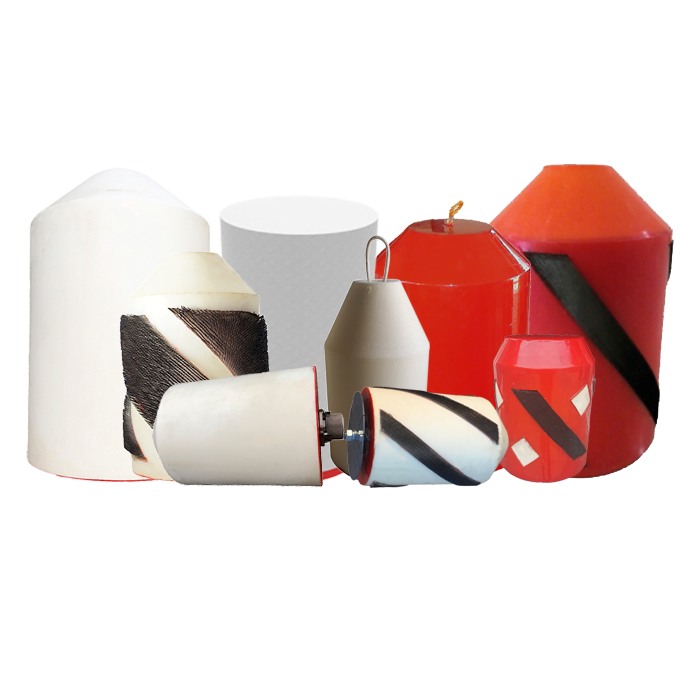
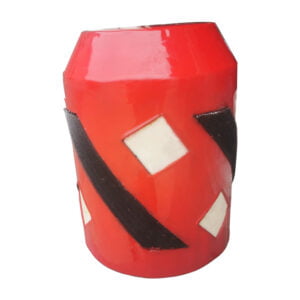

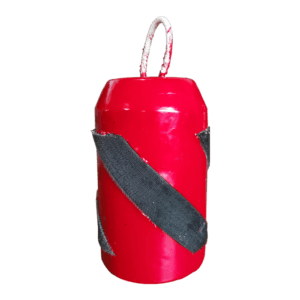
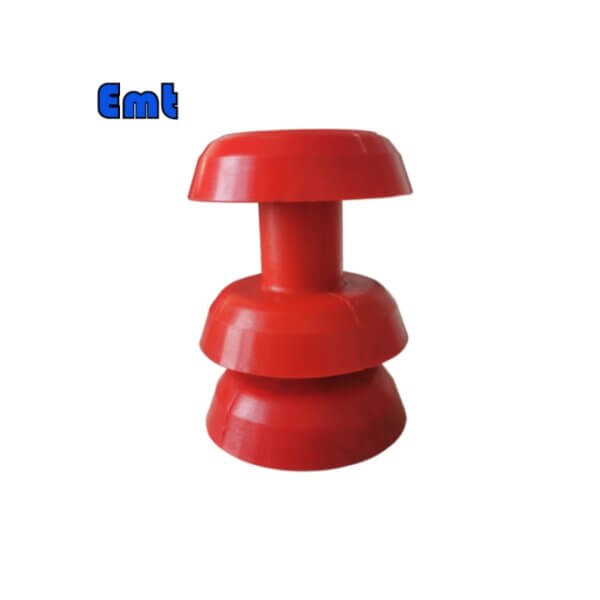
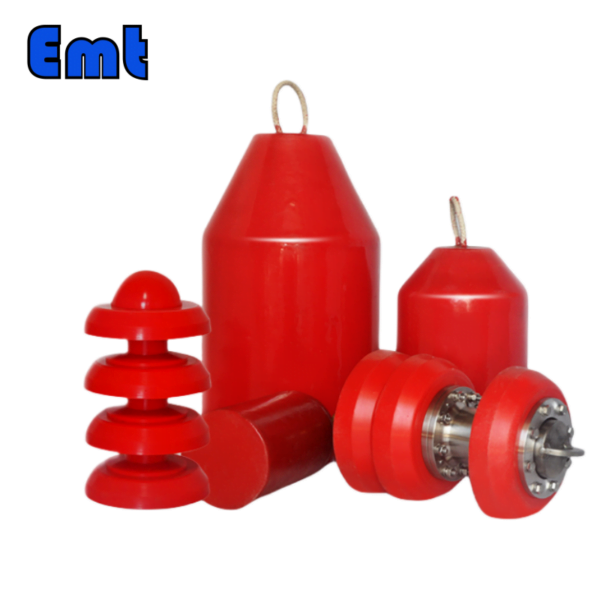
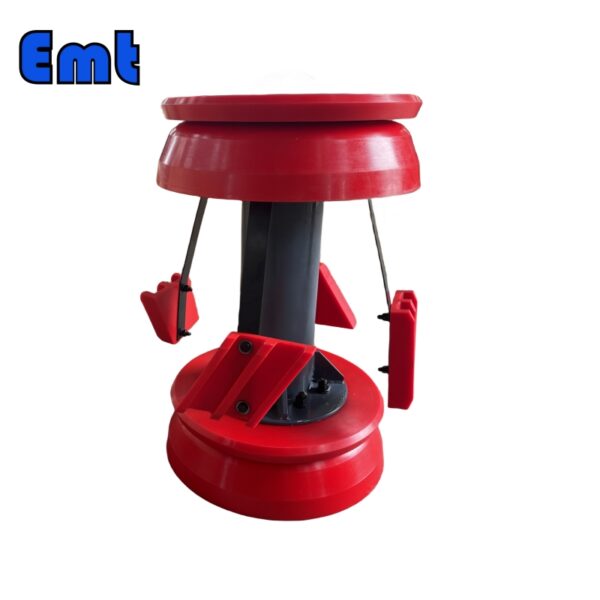
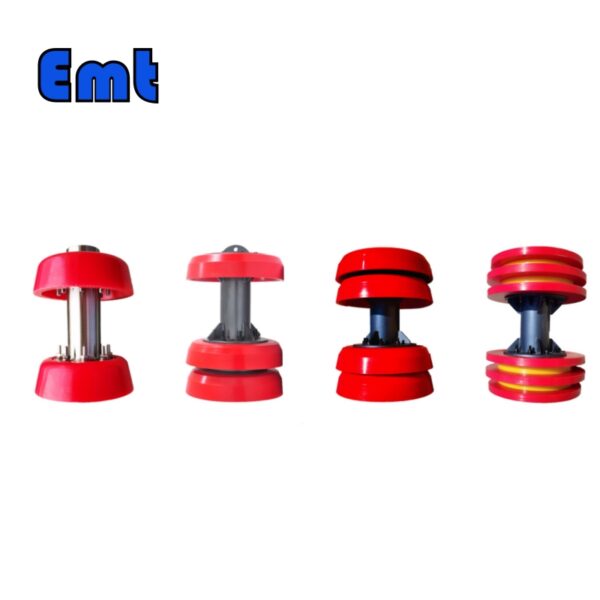
Rezensionen
Es gibt noch keine Bewertungen.